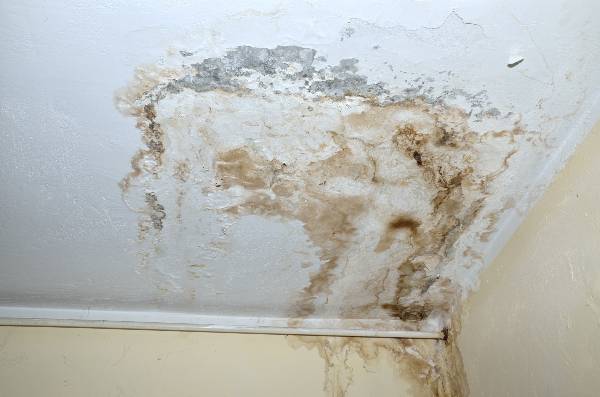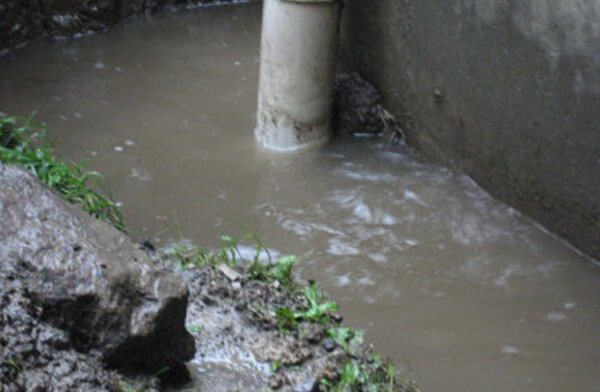6 Ways to Find Concealed Water Leaks in Your House
6 Ways to Find Concealed Water Leaks in Your House
Blog Article
The author is making several great observations relating to Locating water leaks overall in this post followed below.

Early discovery of leaking water lines can minimize a potential catastrophe. Some tiny water leaks might not be visible.
1. Take A Look At the Water Meter
Every residence has a water meter. Inspecting it is a proven way that assists you uncover leaks. For starters, switch off all the water sources. Guarantee no person will certainly flush, utilize the tap, shower, run the washing device or dish washer. From there, most likely to the meter and watch if it will alter. Given that no one is using it, there need to be no movements. If it moves, that suggests a fast-moving leakage. Also, if you find no changes, wait a hr or two and inspect back once again. This implies you might have a slow leak that might also be below ground.
2. Inspect Water Usage
If you find sudden changes, regardless of your intake being the exact same, it implies that you have leaks in your plumbing system. A sudden spike in your costs suggests a fast-moving leak.
On the other hand, a stable increase on a monthly basis, despite having the exact same practices, shows you have a slow-moving leak that's also gradually intensifying. Call a plumber to extensively examine your property, specifically if you feel a cozy location on your floor with piping beneath.
3. Do a Food Coloring Test
30% comes from toilets when it comes to water intake. Test to see if they are running effectively. Decrease flecks of food color in the container and wait 10 mins. There's a leak in between the tank as well as dish if the color in some way infiltrates your dish during that time without flushing.
4. Asses Exterior Lines
Do not fail to remember to examine your exterior water lines also. Should water seep out of the connection, you have a loose rubber gasket. One tiny leak can squander heaps of water and also increase your water costs.
5. Evaluate the circumstance as well as examine
House owners must make it a routine to inspect under the sink counters as well as even inside cupboards for any type of bad odor or mold growth. These 2 warnings show a leakage so timely interest is required. Doing routine inspections, also bi-annually, can conserve you from a significant issue.
Check for stainings and damaging as a lot of pipes as well as appliances have a life expectancy. If you presume dripping water lines in your plumbing system, don't wait for it to rise.
Early detection of dripping water lines can mitigate a prospective disaster. Some small water leakages may not be noticeable. Checking it is a guaranteed means that assists you uncover leaks. One small leakage can squander heaps of water and surge your water costs.
If you suspect dripping water lines in your plumbing system, do not wait for it to escalate.
WARNING SIGNS OF WATER LEAKAGE BEHIND THE WALL
PERSISTENT MUSTY ODORS
As water slowly drips from a leaky pipe inside the wall, flooring and sheetrock stay damp and develop an odor similar to wet cardboard. It generates a musty smell that can help you find hidden leaks.
MOLD IN UNUSUAL AREAS
Mold usually grows in wet areas like kitchens, baths and laundry rooms. If you spot the stuff on walls or baseboards in other rooms of the house, it’s a good indicator of undetected water leaks.
STAINS THAT GROW
When mold thrives around a leaky pipe, it sometimes takes hold on the inside surface of the affected wall. A growing stain on otherwise clean sheetrock is often your sign of a hidden plumbing problem.
PEELING OR BUBBLING WALLPAPER / PAINT
This clue is easy to miss in rooms that don’t get much use. When you see wallpaper separating along seams or paint bubbling or flaking off the wall, blame sheetrock that stays wet because of an undetected leak.
BUCKLED CEILINGS AND STAINED FLOORS
If ceilings or floors in bathrooms, kitchens or laundry areas develop structural problems, don’t rule out constant damp inside the walls. Wet sheetrock can affect adjacent framing, flooring and ceilings.
https://www.servicemasterbyzaba.com/blog/how-to-detect-water-leakage-in-walls/

I was shown that article on Locating water leaks through an acquaintance on our other domain. Sharing is nice. You never know, you will be doing someone a favor. I am grateful for your time. Don't forget to come by our blog back soon.
Report this page